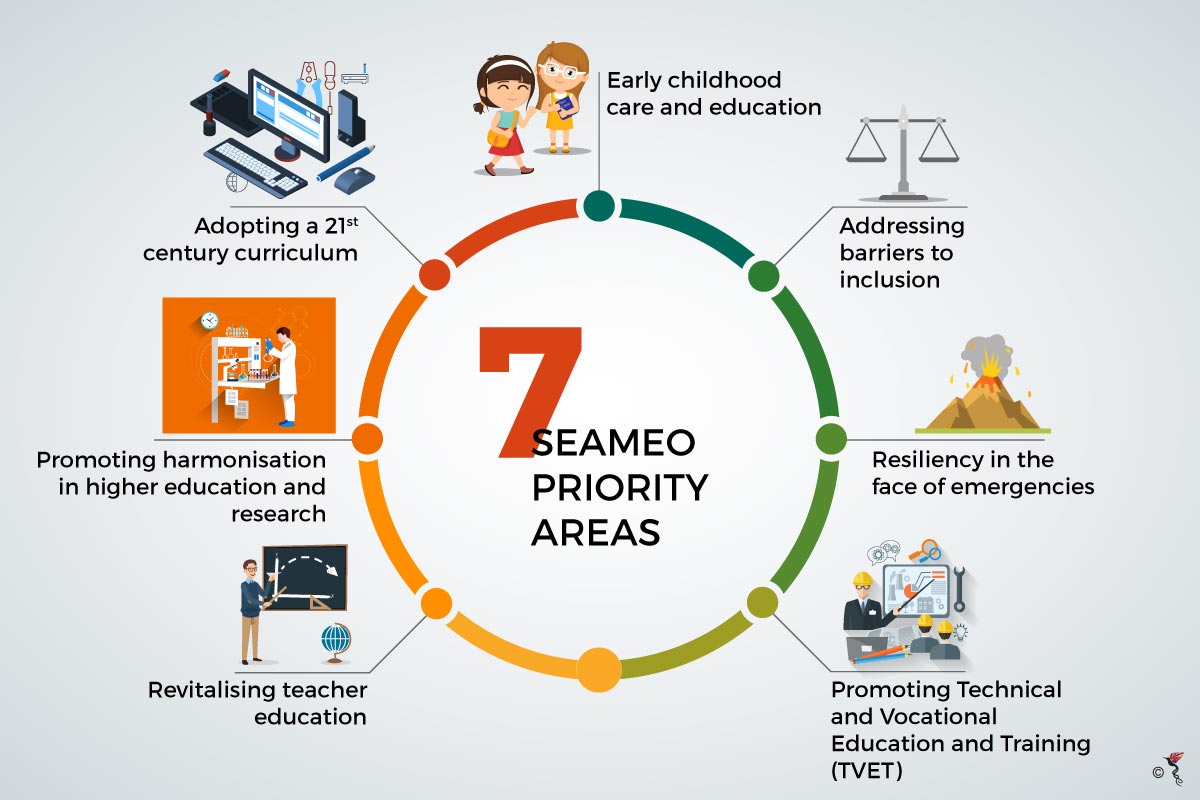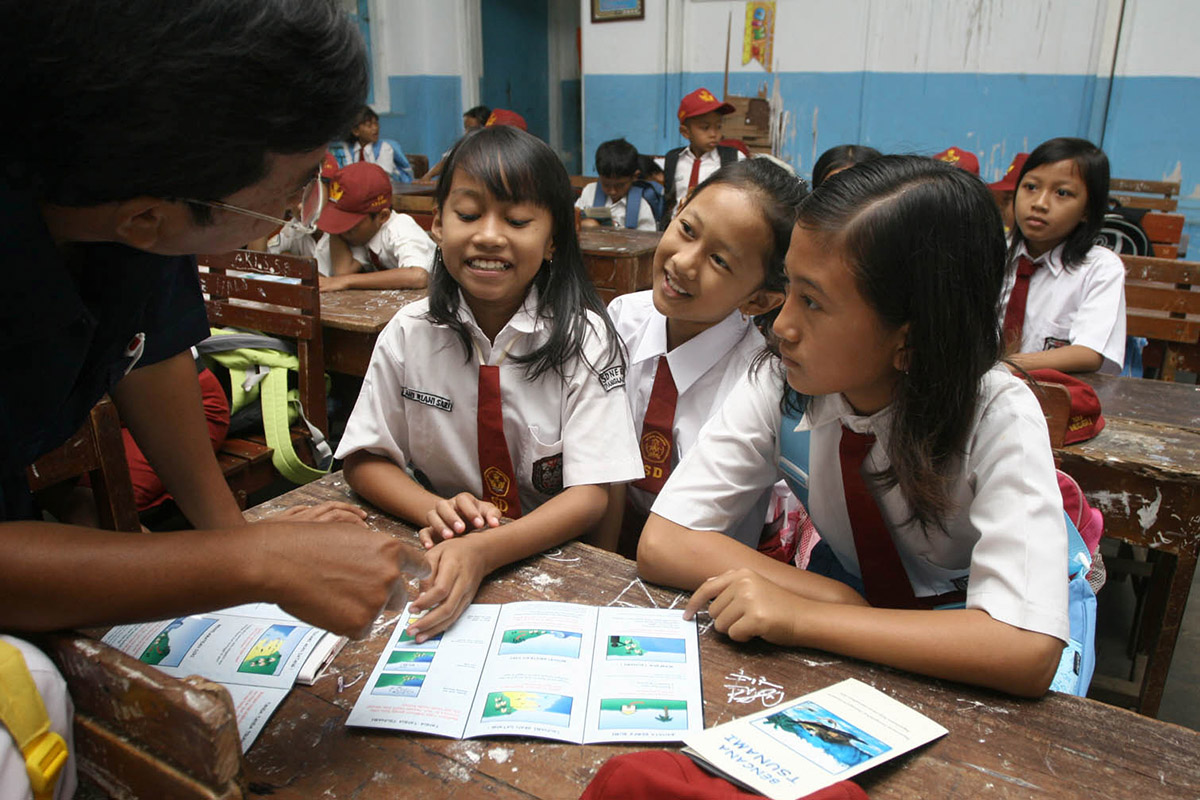The arrival of the Fourth Industrial Revolution (4IR) requires more investments in nurturing students in the Southeast Asian region today. This being said, education policies in the region need to be revamped to produce a future workforce that is fully prepared to take on a number of challenges.
These challenges include inequalities, increasing economic interdependency, technological development such as automation, rapidly changing labour markets, and shifting geopolitics amongst others. The right education policies for students are vital in transforming the future landscape of a nation. Hence, a prominent feature of a successful educational transformation must be guided by clear goals or vision.
According to the Southeast Asian Ministers of Education Organization (SEAMEO), the 10 ASEAN countries currently share a similar emphasis on human resource development as a key in developing the whole nation to enter the knowledge-based economy and global environment. This is in line with the aspiration to produce a higher quality workforce in future generations.
“It is realized that we are moving fast forward the situation in which all nations operate in a global market environment. No country can grow in isolation. We are facing unprecedented challenges, brought by the convergent impacts of globalization, the increasing importance of knowledge as a principal driver of growth and the ICT revolution,” stated Arief S Sadiman, former Director of SEAMEO in a report.
Quality and equity of education - building blocks of the future generation workforce
By improving quality and equity of education in the region, specifically elementary education, the future will see a more developed workforce in terms of highly skilled, competent professionals who are also critical thinkers that will be able to make judicious decisions which will aid in the development of the nation.
However, there are a number of problems surrounding the quality and equity of education in the region. These include inequality in resources based on geographical locations, lack of quality in active learning techniques, lack of relevant curriculum in line with a digitised future with clear learning outcomes, including knowledge, skills, attitude and values in order to produce holistic students.
Some countries in Southeast Asia have already taken steps towards these issues.
Singapore has been imparting values and skills through a forward-looking curriculum. The Ministry of Education in Singapore has been reviewing and introducing changes to the curriculum, assessment modes and teaching methodologies in order to impart core skills, values and attitudes to their students. Some of these changes include reduction of the syllabus content, infusion of IT and thinking skills, as well as introducing practical work to help students further adapt to the working world.
In reforming its curriculum, Thailand allows for contribution and participation of stakeholders, to meet new challenges and demands of different groups of learners with an emphasis on mathematics, science, and technology in parallel with the promotion of pride in national identity and cultural heritage. This is important so that students will be able to know how they can contribute to their communities later on in their careers.

What is ASEAN doing to prepare the future workforce through education?
Currently, ASEAN is helping its member states in dealing with such challenges in line with its commitments of quality and equity through SEAMEO. This is done through its main activities which include training and workshops, seminars/symposiums, research and development, consultancy, and information sharing.
Other than that, ASEAN should also work with different stakeholders to achieve this commitment to produce a well-rounded, next generation workforce. A regional report by the United Nations Educational, Scientific and Cultural Organization (UNESCO) states that partnerships with a number of different stakeholders such as governments, the private sector, civil society and bilateral and multilateral organizations should be undertaken to implement enhanced education policies and reforms.
Moreover, the report asserts that “...cooperation at national and regional levels in a collaborative, constructive and mutually supportive manner leads to more responsive, enabling and participatory planning, implementation and execution of policies.”
With this, ASEAN must learn to work hand-in-hand from the grassroot level in education in order to create a future workforce that is critical to the development of each nation in the region.
Recommended stories:
